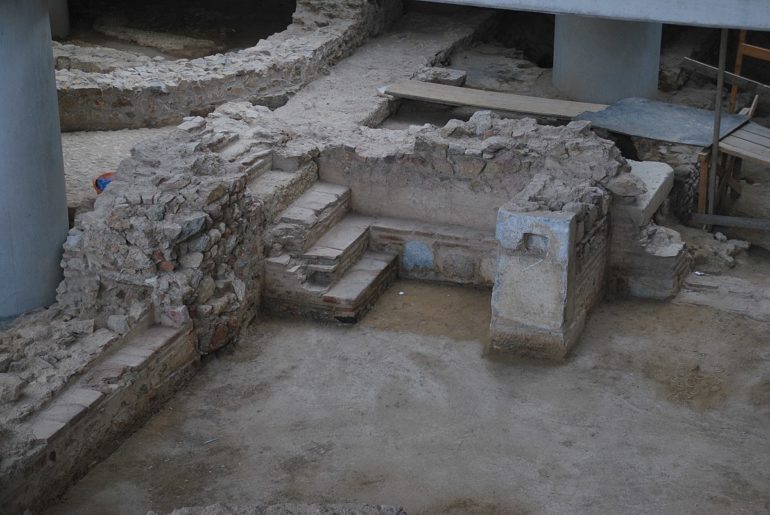As the Acropolis Museum celebrated its 10th anniversary on 20 June, a new exhibition space with a focus on the lives of ancient Greeks was opened after 13 years of digging. This entire excavated neighborhood, one of the biggest within the walls of ancient Athens, will show how the daily lives looked like at the birthplace of democracy, with its ancient villas, streets, workshops and bathhouses. Situated underneath the museum building, the site covers 4,000 square meters and can be accessed by steel walkways.
“For the first time we are able to see how people lived in the shadow of the Acropolis, and through the display of discoveries such as plates and toys, visitors will have a glimpse into the daily lives of ancient Greeks. There are a lot of marble masterpieces on display around the museum, but life is not only about the glory days of yesteryear; it is about little things that make each and every day,” as introduced by Mr. Dimitrios Pandermalis, the museum’s director.
Read the full article at the Guardian.
Acropolis Museum (wiki)
The Acropolis Museum is an archaeological museum focused on the findings of the archaeological site of the Acropolis of Athens. It was founded in 2003 and opened to the public on 20 June 2009.

